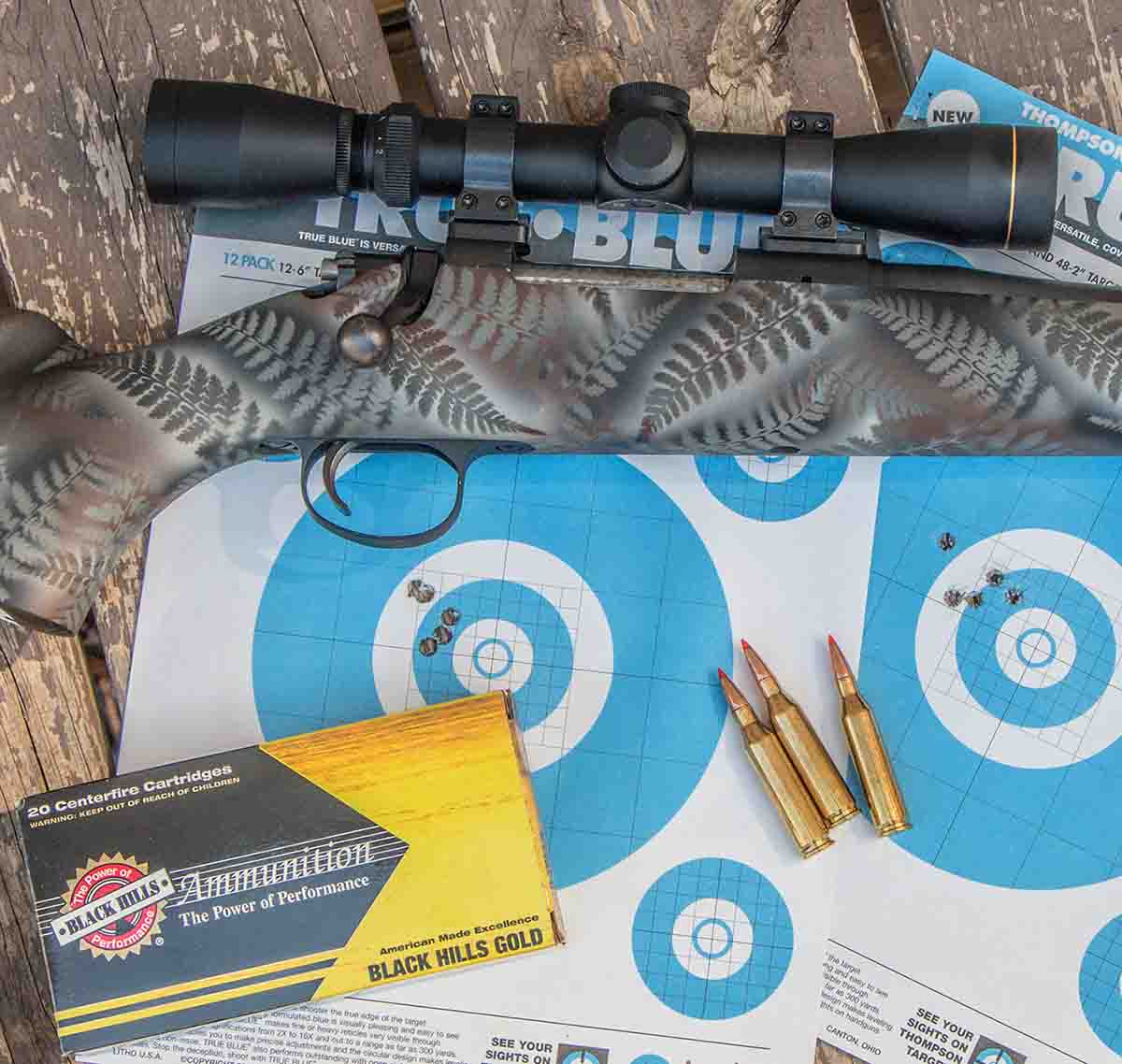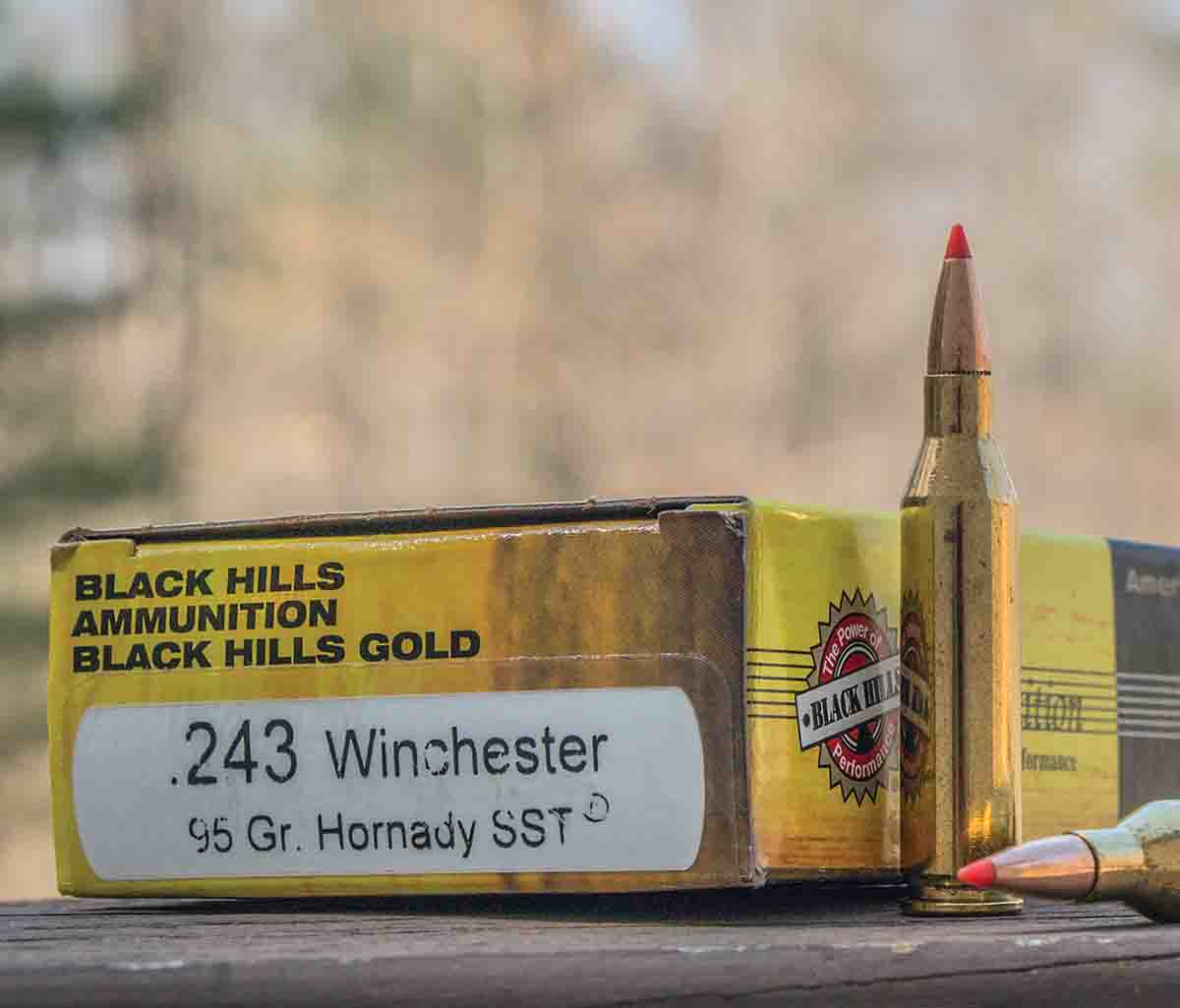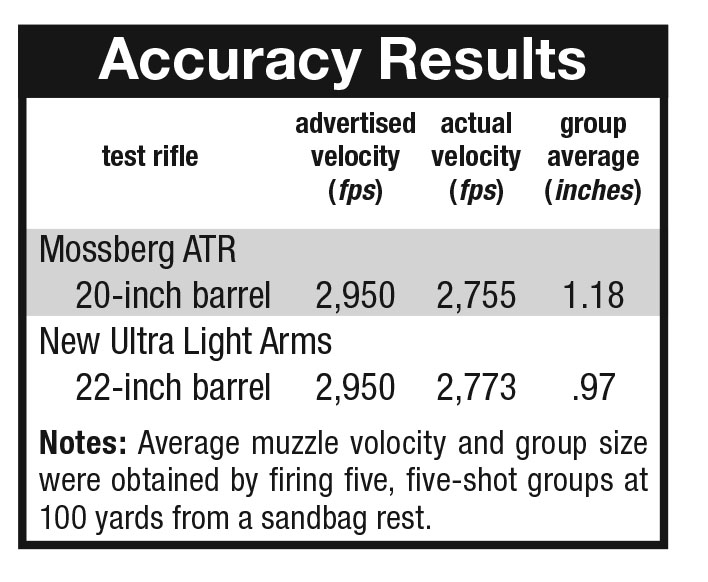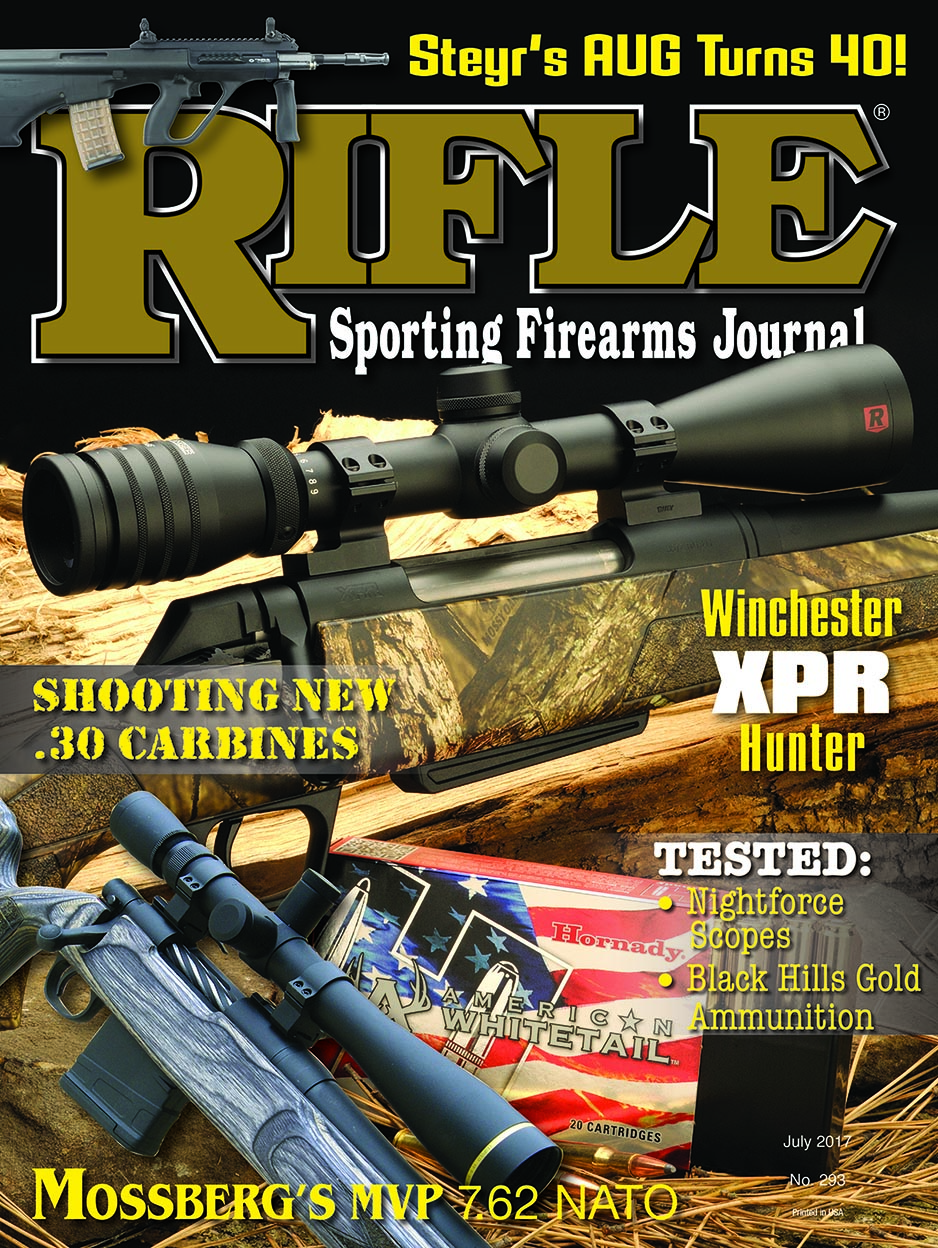Product Tests
Black Hills Gold .243 Winchester Ammunition
column By: Richard Mann | July, 17
The .243 Winchester is a favorite cartridge. My father was probably most responsible for this; his deer rifle was a Winchester Model 100 .243. He used it for groundhogs and deer; it was about all the rifle he needed. I’ve probably killed more game with a .243 than any other cartridge. Given an affinity for it, and the fact that my wife and son both have .243s, I’m always on the lookout for good factory ammunition options.
Black Hills recently sent several boxes of its Gold line of ammunition in .243 Winchester loaded with Hornady 95-grain SST bullets. About 10 years ago, I was deer hunting in Texas, and I had a .243. The other hunters in camp were using .308s, and they all said I was undergunned. I took a nice 10-pointer at about 180 yards and a doe beyond 300 using Remington ammunition loaded with 95-grain AccuTip bullets. What some hunters may not know is the AccuTip bullet is actually an SST bullet provided to Remington – with a greenish tip instead of a red tip – by Hornady. At .243 Winchester velocities, it’s an excellent deer bullet.

My wife’s rifle is a Mossberg ATR Bantam with a 20-inch barrel topped with a Swarovski Z-3 3-9x riflescope. It’s the same rifle she used in Africa to take impala, gemsbok and wildebeest. Using the Black Hills Gold 95-grain SST load, I fired five, five-shot groups at 100 yards using her rifle from a sandbag rest. The average for all five groups was 1.18 inches. That’s reasonably astounding considering the rifle can be purchased for roughly $400.
My old rifle was built by Melvin Forbes at New Ultra Light Arms, has a 22-inch barrel and has spent a lot of time in the field. Though it has used a variety of riflescopes, it’s now topped with a Leupold VX II 2-7x. At 100 yards, five, five-shot groups, using the Black Hills Ammunition from this rifle averaged .97 inch. This is about average performance for this rifle and more than sufficient for any hunting it will be used for.
It’s a fine thing when one load shoots so well in two very important rifles. Based on field experience, I know the Hornady 95-grain SST bullet will work superbly on coyotes, deer and even black bear. Thanks to Black Hills, I can stock one load that will work for many applications.

Black Hills Ammunition often gets overlooked. If you compared a company to a cartridge, the driving force would be the primer. At Black Hills, the “primer” is the owner, Jeff Hoffman. According to Hoffman, “We [Black Hills] have four primary markets. We sell direct to dealers and law enforcement agencies, plus we sell to firearms manufacturers for their test-fire programs, and we sell to the military. We tend to concentrate on niche markets, and not play in the super-economy ammunition sandbox. We concentrate on quality, accuracy and uniformity within the lot, and from one lot to the next.”
When a manufacturer makes good ammunition, word gets out, and that reputation brought Black Hills to the attention of the military. They now come to Black Hills when in need of specialty ammunition other companies are unwilling or unable to provide.
When Black Hills selects components, decisions are based on a number of factors. The company has long-standing strategic alliances with other companies like Hornady, Sierra, Winchester, Norma/RUAG, Ramshot and Hodgdon Powders. Black Hills looks at the design goals for a load, and what is available from its partners, to determine what’s best suited for the task. Black Hills does not manufacture components.
It’s relatively easy to work up an accurate, well-performing load for one rifle. The challenge faced by Black Hills is manufacturing accurate loads that perform well in all the rifles its customers own. To do this, Black Hills looks hard at standard velocity deviation. Standard velocity (SD) is a manufacturing measure of the uniformity of whatever is being tested. For the .243 Winchester load tested, SD for 10 shots fired from both rifles was 16.8 and 15.9, respectively.
For more information, visit Black Hills: www.black-hills.com.



